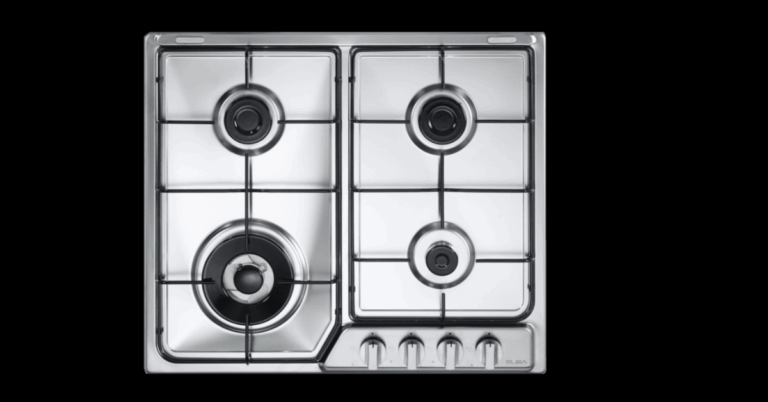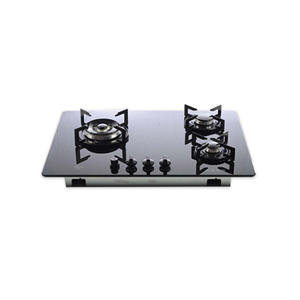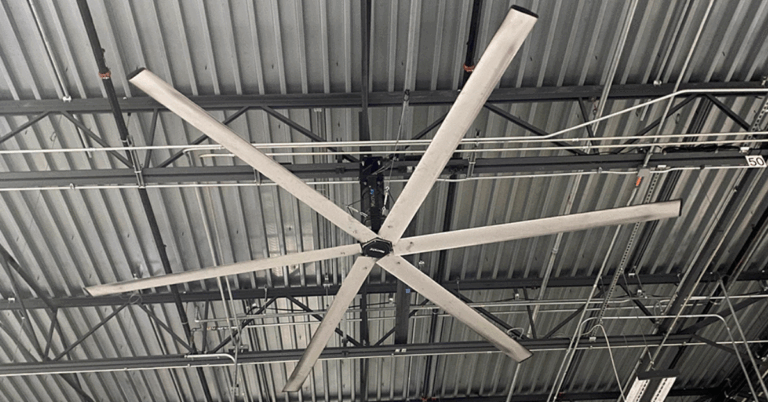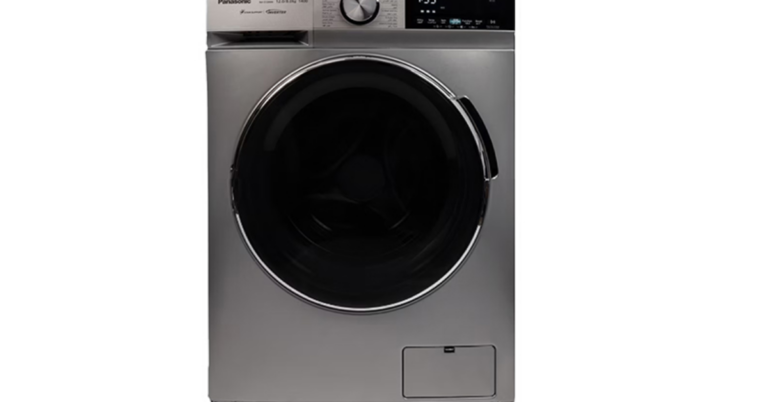Enhancing Marine Cooling: The 300L Matrix Marine Refrigerator 110V for Cruising Excellence
When outfitting a vessel for long voyages or daily marine operations, reliability and efficiency in food storage are non-negotiable. The 300L Matrix Marine Refrigerator 110V is designed precisely to meet such rigorous demands at sea. Engineered for cruise ships, yachts, and marine environments, this refrigerator combines a substantial 300-liter capacity with a 110-volt, 60 Hz power specification—making it especially suitable for vessels operating on standard U.S./North American marine power systems or equivalent setups. Its robust build, vibration-resistant framework, and energy-optimized performance ensure that perishable goods remain fresh even in the harsh, saline conditions encountered offshore.
Understanding the Marine Environment: Why a Specialized Refrigerator Matters
Marine conditions differ vastly from terrestrial ones. Constant motion, temperature extremes, high humidity, salt spray, rolling and pitching—these all challenge standard refrigerators. Installing a consumer home refrigerator on a vessel often leads to premature failure, coolant lines cracking, ineffective sealing, and corrosion. Thus, marine refrigeration units must be designed to:
Withstand vibration and shock
Resist salt-induced corrosion
Operate quietly and steadily
Handle power fluctuations without damage
Maintain consistent temperature performance under varying ambient conditions
The 300L Matrix Marine Refrigerator 110V addresses each of these demands with careful engineering. Its components, structural materials, and electrical design are all selected to endure life at sea.
Key Features and Specifications
Below is an overview of the prominent features and technical specifications of the 300L Matrix Marine Refrigerator 110V (approximate values on the basis of available product data):
| Feature | Description |
|---|---|
| Capacity | 300 liters – roomy enough for sizable provisions, beverages, and bulk food items |
| Voltage / Frequency | 110 V, 60 Hz — ideal for vessels with North American–style marine electrical systems |
| Cooling / Refrigerant | Uses R-134a or equivalent low-GWP refrigerant (typical in marine units) |
| Dimensions | 564 × 540 × 1700 mm (HxWxD) — tall and narrow design to optimize galley space |
| Net Weight | ~37 kg (gross ~42 kg) — lightweight relative to its capacity |
| Number of Doors | Two doors (often with a built-in ice box compartment) |
| Structural Design | Vibration-resistant frame, reinforced door seals, corrosion-resistant materials |
| Codes / Standards | IMPA code (for marine procurement) and HS code for shipping classification |
These specifications underscore the thoughtful balance between capacity, footprint, and durability that a marine refrigerator must strike to function well onboard.
Benefits of Using the 300L Matrix Marine Refrigerator 110V
1. Large Storage Capacity Without Oversized Footprint
A 300 L refrigeration volume accommodates a wide range of supplies—produce, dairy, meat, beverages, and leftover storage. Yet, the relatively slender dimensions (especially height-oriented) help it integrate into galleys or service areas where width is at a premium.
2. Power Compatibility and Efficiency
Because it runs on 110 V/60 Hz, this unit is compatible with many marine electrical systems in regions where U.S.-style voltage is standard. The design is optimized to minimize current draw and handle the small fluctuations in supply commonly experienced on ships.
3. Robustness to Motion and Vibration
Marine refrigerators must endure constant movement. The structural reinforcements in the Matrix unit (brace frames, shock mounts, secure shelving) ensure that coolant lines, internal components, and seals remain intact even during rough seas.
4. Corrosion Resistance and Longevity
Salt spray and humidity are among the harshest agents against metal appliances. This refrigerator uses corrosion-resistant materials (stainless or coated surfaces, marine-grade panels) so that its exterior and interior resist rust, pitting, and deterioration over time.
5. Quiet Operation
Noise can be a major discomfort onboard, especially in enclosed living quarters or cabins. The Matrix unit is engineered to operate quietly, which means it will not introduce undue ambient sound into passenger or crew spaces.
6. Stable Temperature Control
Maintaining consistent internal temperatures (typically 0–4 °C for fresh items, sub-zero in the ice box) is vital for food safety. The design and insulation of this refrigerator allow it to maintain temperature even when ambient deck temperatures climb or fluctuate.
Installation Considerations
To achieve optimal performance, installing a marine refrigerator like the 300L Matrix requires attention to several practical details:
Proper Ventilation & Airflow: The compressor and condenser need adequate airflow to reject heat. Placing the unit in cramped enclosures without ventilation will impair performance and may overheat critical components.
Level Mounting & Securing: Despite motion tolerances, the refrigerator should be mounted as level as possible and securely fastened to bulkheads or structures to prevent shifting or undue stress.
Saltwater Exposure Mitigation: While designed for marine use, shielding external surfaces and electrical connections from direct salt spray helps prolong life—using protective covers or coatings is recommended.
Power Circuit & Wiring: Use appropriate marine-grade wiring, fusing, and surge protection. Ensure that the onboard power supply maintains steady voltage to prevent stress on compressors or electronic controls.
Access for Maintenance: Leave clearance for accessing compressors, evaporators, filters, and service panels.
Insulation and Door Gaskets: Inspect and maintain gaskets regularly to ensure continuous sealing, and check for wear or cracks in insulation materials.
Use Cases in Marine Environments
Cruise Ships & Passenger Vessels
For mid-sized galleys or secondary service areas on cruise ships, the 300L Matrix refrigerator offers a reliable and capacious solution. Its two-door format allows separation of general refrigeration and a built-in ice compartment, optimizing service workflows during mealtimes or buffet operations.
Yachts & Superyachts
Large yachts often host formal dining or extended voyages. Even though many yachts’ power systems differ (e.g., 220 V or marine inverters), vessels with compatible systems will benefit from this refrigerator’s capacity, quietness, and tailored marine features.
Commercial / Offshore Support Vessels
In supply ships, offshore support, or crew boats, refrigerating provisions over long runs is essential. The ability to reliably cool large volumes while withstanding motion, humidity, and temperature swings makes this unit a strong candidate for provisioning or catering areas.
Challenges & Mitigations
No marine appliance is without potential challenges. Below are some constraints and ways to mitigate them:
Power Mismatch: Some vessels use 220 V or 440 V systems. Using this 110 V unit would require robust step-down converters or inverters, which can introduce inefficiency and complexity.
Heat Rejection in Hot Climates: In tropical regions or lower decks with high ambient heat, the refrigeration unit might struggle unless ventilation is well planned.
Regular Maintenance Needs: Salt accumulation, gasket wear, coolant checks, and condenser cleaning are essential—neglecting these can reduce lifespan or performance.
Installation Cost & Space Constraints: Though relatively compact, fitting this refrigerator where plumbing, cabling, and structural elements already exist may require careful planning and potentially modifying cabinetry or bulkheads.
Best Practices for Operation & Maintenance
To maximize the service life and performance of a 300L marine refrigerator, operators should adopt the following practices:
Regular Inspection: Weekly checks for gasket integrity, moisture buildup, and corrosion.
Cleaning Condenser & Coils: Monthly or more frequent cleaning to prevent reduced heat exchange efficiency.
Defrosting & Internal Cleaning: Periodically defrost and sanitize the interior surfaces, especially around seams and corners.
Monitoring Temperature & Alarms: Use sensors or alarms to detect temperature excursions early and protect food safety.
Electrical Monitoring: Keep an eye on voltage stability, wiring insulation, and possible corrosion at connectors.
Spare Part Inventory: Keep spare gaskets, filters, and fan motors aboard for quick replacement mid-voyage.
Proper Load Management: Evenly distribute load and avoid overpacking, which impedes internal air circulation.
Environmental & Regulatory Considerations
Maritime refrigeration must often comply with environmental and safety regulations. Key considerations include:
Refrigerant Compliance: Use of approved, low-ozone-depletion and low global warming potential (GWP) refrigerants is increasingly regulated.
Energy Efficiency Regulations: Some ports or flag states may impose energy-use or efficiency benchmarks for onboard appliances.
Safety and Labeling: Proper certification for marine use (e.g., classification society approvals, electrical safety standards) may be required for insured vessels.
Waste & Disposal: End-of-life disposal of refrigerants, coils, and insulation must meet international standards (e.g. MARPOL, Montreal Protocol compliance).
Conclusion
The 300L Matrix Marine Refrigerator 110V stands out as a robust, high-capacity cooling solution tailored for marine applications. From cruise ship galleys to offshore provisioning vessels, it offers a fine balance between performance, durability, and usability. Its key strengths lie in:
Withstanding marine motion, vibration, and corrosion
Operating on 110 V/60 Hz systems commonly used in marine power architectures
Maintaining consistent temperature control under varying ambient conditions
Providing adequate capacity without excessive footprint
To fully leverage this refrigerator’s potential, ship operators should ensure appropriate installation, proactive maintenance, and alignment with power and environmental requirements. With those practices in place, the 300L marine refrigerator becomes a trusted ally in preserving food quality and ensuring smooth operations at sea.






